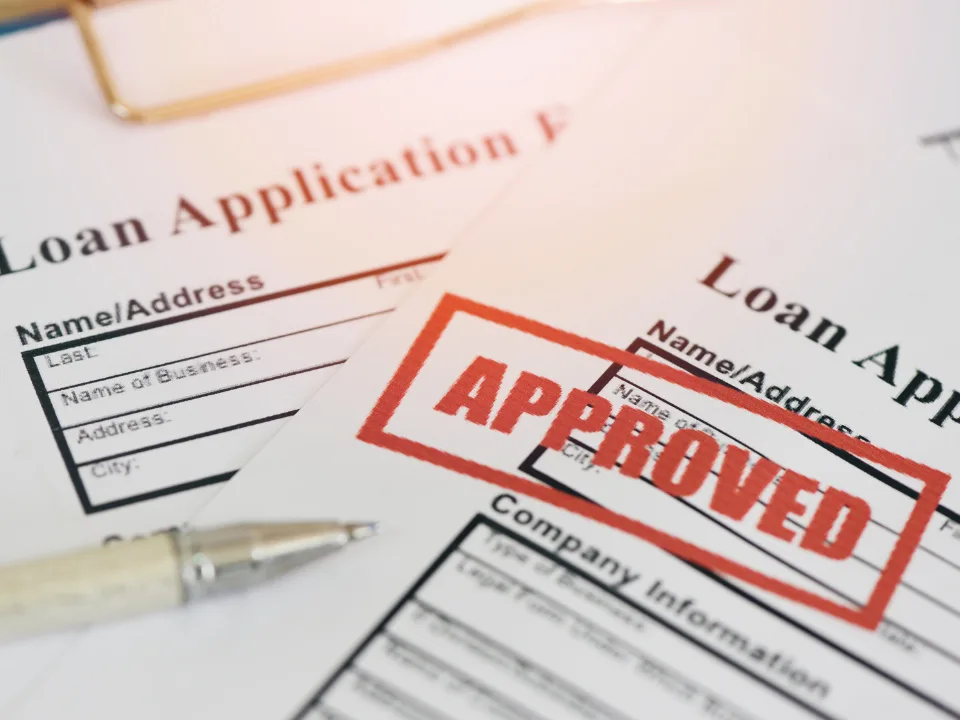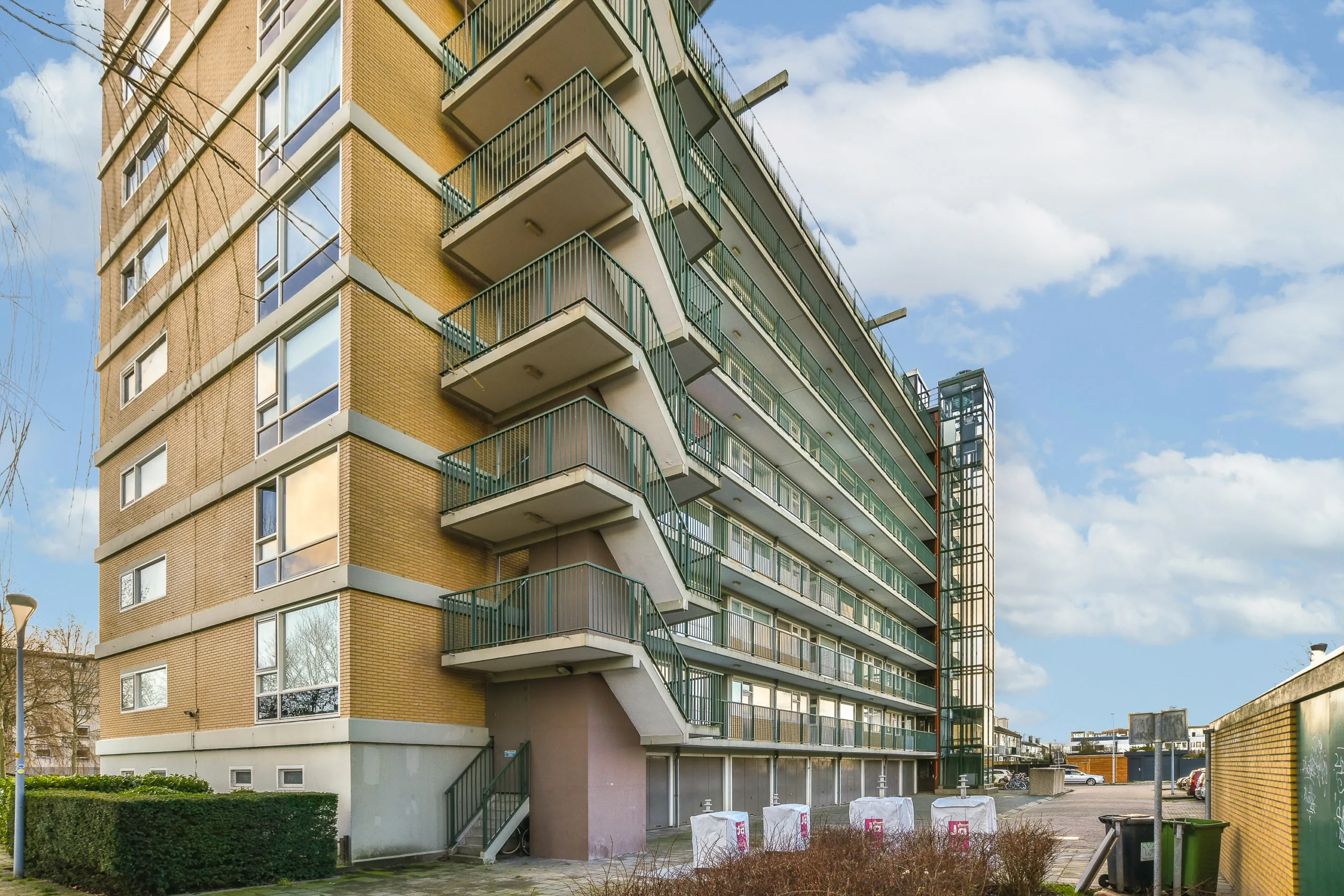- CRE debt quotes surged 74% since Q4 2023, fueled by falling interest rates and heightened lender competition.
- Banks and insurance companies are increasing their exposure across property types, particularly for loans under $25M and those over $100M.
- A rise in shorter-term loans and floating-rate deals reflects borrowers’ desire for flexibility in a volatile economic environment.
More Lenders, More Liquidity
Commercial real estate lending has rebounded sharply since bottoming out in late 2023, with JLL reporting a 74% increase in loan quotes available to private capital investors. The uptick is largely driven by falling Treasury and SOFR rates—down 60 and 100 basis points, respectively—making financing more accessible and boosting overall debt market activity.
According to GlobeSt, banks and insurance companies are leading the resurgence, supplying liquidity across nearly every asset class and loan size.
Banking on a Comeback
After scaling back in 2023, banks are back in force. The number of banks quoting loans over $100M jumped from 110 in late 2023 to 172 by mid-2025, according to JLL. Lower reserve requirements under the Basel Endgame framework and a wave of loan repayments have freed up capital for new lending.
Activity is also accelerating at the smaller end, with increased access for borrowers seeking sub-$25M loans—a key segment often viewed as a market health barometer.
Get Smarter about what matters in CRE
Stay ahead of trends in commercial real estate with CRE Daily – the free newsletter delivering everything you need to start your day in just 5-minutes
Insurance Firms Turn Competitive
Insurers are growing their footprint, particularly in the floating-rate space. Since the end of 2023, floating-rate loan quotes by insurance firms are up 60%, while fixed-rate quotes have risen 28%. Sectors seeing the biggest jump in activity include office (+400%), living (+183%), and retail (+158%).
To stay competitive, some insurers are easing credit standards and branching into bridge and transitional loans, especially in sectors regaining favor like industrial and retail.
Why It Matters
The CRE debt market’s renewed momentum is outpacing transaction volumes. Even with macroeconomic headwinds—like recent tariff increases—national deal activity rose 16% in 2024 and continues to show double-digit growth in 2025.
Meanwhile, loan structures are adapting. Roughly 74% of CRE loans since 2021 have terms of five years or fewer, up from 55% pre-2021, reflecting borrower preference for flexibility amid rate uncertainty.
What’s Next
Expect continued expansion of lender activity, especially in larger transactions. The increased number of active banks and insurers suggests broader confidence and deeper capital availability. The growth in short-term lending also sets the stage for increased refinancing volume in the coming years—offering borrowers more opportunities to restructure and reposition their capital.

















